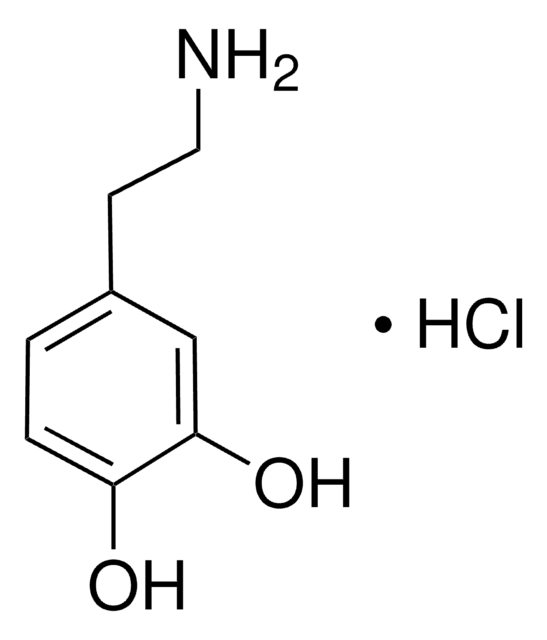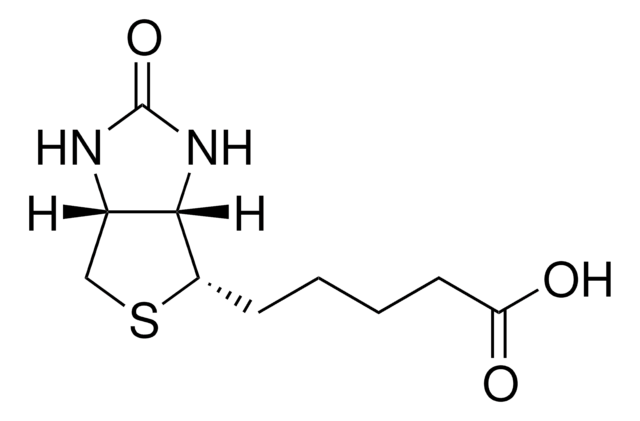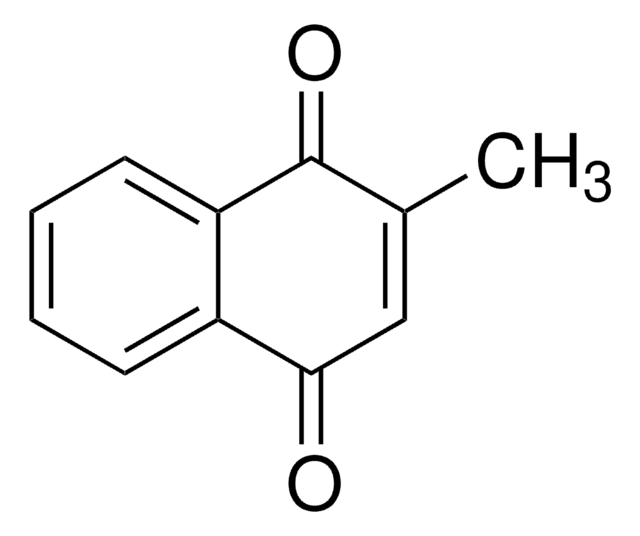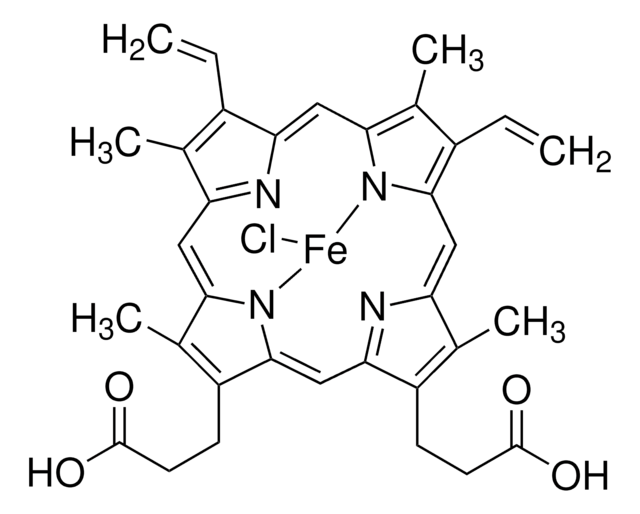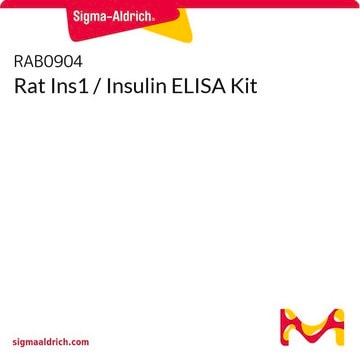A8848
Arachidonoyl dopamine
≥98% (HPLC), ethanol solution
동의어(들):
AA-DA, Arachidonyl dopamine, N-[2,3-(4-Dihydroxyphenyl)ethyl]-5Z,8Z,11Z,14Z-eicosatetraenamide, NADA
로그인조직 및 계약 가격 보기
모든 사진(1)
About This Item
실험식(Hill 표기법):
C28H41NO3
Molecular Weight:
439.63
MDL number:
UNSPSC 코드:
12352116
PubChem Substance ID:
NACRES:
NA.77
추천 제품
Quality Level
분석
≥98% (HPLC)
양식
ethanol solution
약물 제어
regulated under CDSA - not available from Sigma-Aldrich Canada
배송 상태
wet ice
저장 온도
−20°C
SMILES string
CCCCC\C=C/C\C=C/C\C=C/C\C=C/CCCC(=O)NCCc1ccc(O)c(O)c1
InChI
1S/C28H41NO3/c1-2-3-4-5-6-7-8-9-10-11-12-13-14-15-16-17-18-19-28(32)29-23-22-25-20-21-26(30)27(31)24-25/h6-7,9-10,12-13,15-16,20-21,24,30-31H,2-5,8,11,14,17-19,22-23H2,1H3,(H,29,32)/b7-6-,10-9-,13-12-,16-15-
InChI key
MVVPIAAVGAWJNQ-DOFZRALJSA-N
일반 설명
The endogenous cannabinoid system is comprised of two cannabinoid-receptor subtypes (CB1 and CB2 endocannabinoids (endogenous agonists of the receptors), and other supporting proteins. This system is involved in brain neuromodulation and has been reported to affect physiological processes such as appetite, pain, and movement, as well as others. Arachidonoyl Dopamine (AA-DA) is the amide of the neurotransmitter bioactive amine, dopamine, and the polyunsaturated fatty acid, arachidonic acid. AA-DA displays cannabimimetic activity in vitro and in vivo, has been shown to activate the CB1 receptor, and is a ligand for the endogenous VR1 vanilloid receptor.
애플리케이션
Used in studies of the endogenous cannabinoid system.
생화학적/생리학적 작용
AA-DA competitively inhibits fatty acid amide hydrolase (IC50 = approx. 22 μM) from N18TG2 neuroblastoma cells and inhibits binding (Ki = 0.25 μM) of the selective cannabinoid receptor subtype 1 (CB1) ligand, [3H]SR141716A, to rat brain membrane. AA-DA also inhibits the anandamide membrane transporter in BL-2H3 basophilic leukemia and C6 glioma cells. AA-DA has at least a 40 fold greater selectivity for CB1 than CB2 receptors in rat brain membranes and has been shown to be more potent than anandamide as a CB1 agonist in undifferentiated N18TG2 neuroblastoma cells. AA-DA induces hypothermia and immobility, and decreases spontaneous activity and pain perception in mice and rats, which supports its action as a CB1 agonist in vivo. AA-DA has been shown to inhibit (IC50 = 0.25 μM) proliferation of human breast MCF-7 cancer cells.
신호어
Danger
유해 및 위험 성명서
Hazard Classifications
Eye Irrit. 2 - Flam. Liq. 2
Storage Class Code
3 - Flammable liquids
WGK
WGK 3
Flash Point (°F)
57.2 °F - closed cup
Flash Point (°C)
14.0 °C - closed cup
이미 열람한 고객
Hanine Barek et al.
Rapid communications in mass spectrometry : RCM, 31(16), 1363-1373 (2017-05-31)
N-β-Alanyldopamine (NBAD) and N-acetyldopamine (NADA) are catecholamines that are used by insects as sclerotizing precursors to harden their cuticle. They share a common pathway utilizing the same set of sclerotizing enzymes. Yet, cuticles using NBAD are brown, while cuticles using
Julie Loisel et al.
PloS one, 12(10), e0186282-e0186282 (2017-10-17)
The American Southwest has experienced a series of severe droughts interspersed with strong wet episodes over the past decades, prompting questions about future climate patterns and potential intensification of weather disruptions under warming conditions. Here we show that interannual hydroclimatic
Fernando Santos-Beneit et al.
Nature communications, 8(1), 1378-1378 (2017-11-11)
The central player in bacterial cell division, FtsZ, is essential in almost all organisms in which it has been tested, with the most notable exception being Streptomyces. Streptomycetes differ from many bacteria in growing from the cell tip and undergoing
V Bezuglov et al.
Bioorganic & medicinal chemistry letters, 11(4), 447-449 (2001-03-07)
New amides of different fatty acids from the C18, C20, and C22 series with dopamine were synthesized. Pharmacological characterization in binding assays with rat brain membrane preparations and in the 'tetrad' of cannabinoid behavioral tests showed that, for these compounds
Ken Sasaki et al.
PloS one, 13(10), e0206624-e0206624 (2018-10-30)
Caste-specific differences in the dopaminergic systems of social insects assist in maintaining caste-specific behavior. To determine how caste differences in the honey bee occur during metamorphosis, a number of comparative analyses between castes were performed including comprehensive quantification of: levels
자사의 과학자팀은 생명 과학, 재료 과학, 화학 합성, 크로마토그래피, 분석 및 기타 많은 영역을 포함한 모든 과학 분야에 경험이 있습니다..
고객지원팀으로 연락바랍니다.